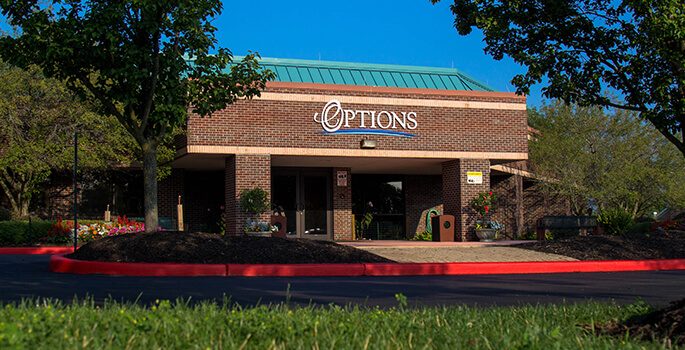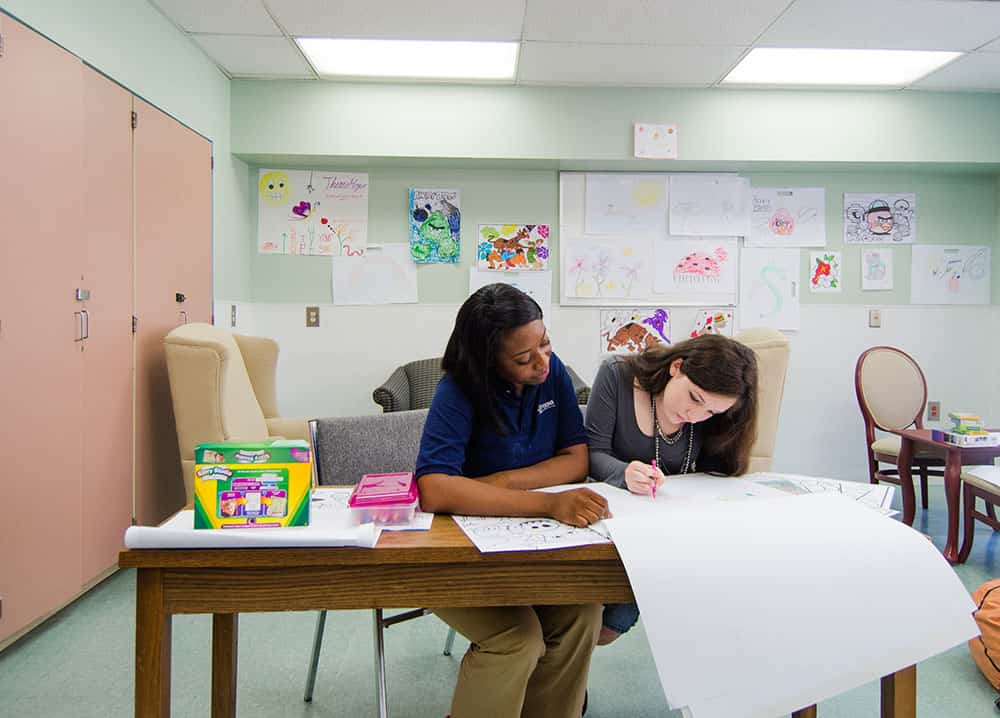Understanding the signs, symptoms, causes and effects of PTSD is an important first step toward healing and recovery.
Understanding PTSD
Learn about PTSD
Experiencing fear and anxiety is a normal reaction to a dangerous situation. The fear we feel when we are in danger triggers changes in the body that prepare it to either defend itself from danger or avoid it. This fight-or-flight response is a reaction that exists to help keep an individual safe from harm. While this is a perfectly natural reaction, for those who have posttraumatic stress disorder (PTSD) this process is damaged, causing individuals to still feel this anxiety and fear even when they are no longer in danger.
Posttraumatic stress disorder is a condition that develops after a terrifying occurrence, which may involve either physical harm or the threat of physical harm. For example, these occurrences could include sexual assault, car accidents, natural disasters, or combat experience. Those who develop PTSD don’t necessarily have to be the one that was harmed, but can merely be a witness to a terrible event that happened to another individual.
Everyone handles life stressors in different ways and not every individual who experiences a traumatic event will develop posttraumatic stress disorder. There are a number of factors for why an individual who experiences a traumatic event may experience PTSD, while others may not. Additionally, there are a number of resilience factors that can help reduce the risk of the development of this disorder.
Some of the risks associated with developing posttraumatic stress disorder after living through a dangerous event include:
- History of mental illness
- Getting hurt
- Feeling horror, helplessness, or extreme fear
- Having little or no social support after event
- Extra stress after the event such as loss, pain, and/or injury
Some of the resilience factors that may decrease the risk for developing PTSD include:
- Having support from family and friends
- Having good coping strategies
- Being able to act and respond effectively despite feeling fear
- Joining a support group after trauma
Posttraumatic stress disorder can lead to significant disability in the life of an individual facing it. However, with proper treatment and support these symptoms of PTSD are treatable.
from depression and go on to live a happy, fulfilling life.
Statistics
PTSD statistics
Within a given year, nearly 3.5% of Americans will struggle with PTSD. The average risk of developing this disorder at some point in life is 8.7%. Military veterans are at the greatest risk for experiencing PTSD symptoms, as their chances of developing this condition are approximately 75%.
Furthermore, as many as 70% of Americans have gone through a traumatic event. 5% of those individuals will go on to develop a trauma-related disorder like PTSD. Instances of rape, physical violence, sexual assault, automobile accidents, and unexpected death of loved ones account for the majority of PTSD and trauma-related disorders.
Causes and Risk Factors
Causes and risk factors for PTSD
The most common hypothesized causes for PTSD include:
Genetic: Researchers have been studying genes that play a role in the development of fear memories. The genes that are passed down from our parents may be what cause an individual to develop PTSD after a dangerous event. Certain genes make proteins, such as Stathmin, that are involved in forming fear memories. It is hypothesized that less of this protein may cause the development of PTSD. GRP, another chemical in the brain, may also play a role. GRP seems to help control fear responses, and lack of this chemical may lead to greater and longer lasting fear memories.
Brain structure: The amygdala is a structure in the brain that plays a role in emotion, learning, and memory. It also appears to be active in the acquisition of fear, or learning to fear an event. The prefrontal cortex is said to be responsible for storing extinction memories and dampening the original fear response. In individuals who develop PTSD, it may be that they have abnormalities in their brain structures that lead to the development of the disorder.
Environmental: Lower socioeconomic class, lower level of education, exposure to prior trauma, head injury, and childhood trauma put individuals at higher risk for developing PTSD following a trauma.
Signs and Symptoms
Signs and symptoms of PTSD
It’s very normal for individuals who have dealt with a traumatic event to experience some of the symptoms described below. The symptoms of posttraumatic stress disorder are different among individuals depending upon the existence of other mental illnesses, their ability to tolerate stress, and the support received from outside individuals. The symptoms of PTSD can be grouped into three different categories. These categories and related symptoms include:
Re-Experiencing Symptoms:
Re-experiencing symptoms can lead to problems in an individual’s daily routine. These symptoms can occur from the person’s own thoughts and feelings. Words, things, and situations that remind the individual of the event can also trigger these re-experiencing symptoms. Re-experiencing symptoms include:
- Flashbacks – or reliving the event over and over, which may cause physical reactions such as racing heart or sweating
- Nightmares
- Intrusive, frightening thoughts
- Exaggerated reactions to reminders of the events
- Intrusive memories
Avoidance Symptoms:
Certain things that may remind the individual of the dangerous event can cause the development of avoidance symptoms. This group of symptoms can lead to the individual changing their daily routines. Avoidance symptoms of PTSD include:
- Strong guilt
- Depression
- Extreme worrying
- Emotional numb
- Withdrawing from loved ones
- Hopelessness
- Feeling detached from others
- Loss of interest in once-pleasurable activities
- Difficulties remembering event
- Avoiding places, events, objects, or people
Hyperarousal Symptoms:
Instead of being triggered by certain things that remind the individual of the event, these are most usually constant symptoms. This group of symptoms can leave an individual feeling angry or stressed and make it hard to carry out daily tasks.
- Panic
- Easily startled
- Difficulties concentrating
- Difficulties sleeping
- Angry outbursts
- Feeling on edge
- Unusual jumpiness
Effects
Effects of PTSD
Without proper treatment and management, the effects of PTSD haunt the individual, leaving them feeling at a loss. The effects of this severe mental illness can range from mild to extremely dire, depending upon the individual and their life circumstances. Effects of PTSD can include:
- Social isolation
- Loss of faith that there is any safety
- Crumbling interpersonal relationships
- Job loss
- Financial difficulties
- Substance use and abuse
- Alcoholism
- Emotional deterioration
- Inability to trust others
- Self-injury
- Eating disorders
- Worsening depression
- Worsening anxiety
- Inability to function in daily life
- Suicidal thoughts and behaviors
Co-Occurring Disorders
PTSD and co-occurring disorders
There are a number of disorders that may co-occur with posttraumatic stress disorder. The most common co-occurring mental illnesses include:
- Depressive disorders
- Bipolar disorders
- Anxiety disorders
- Substance abuse
- Conduct disorder
- Alcoholism










